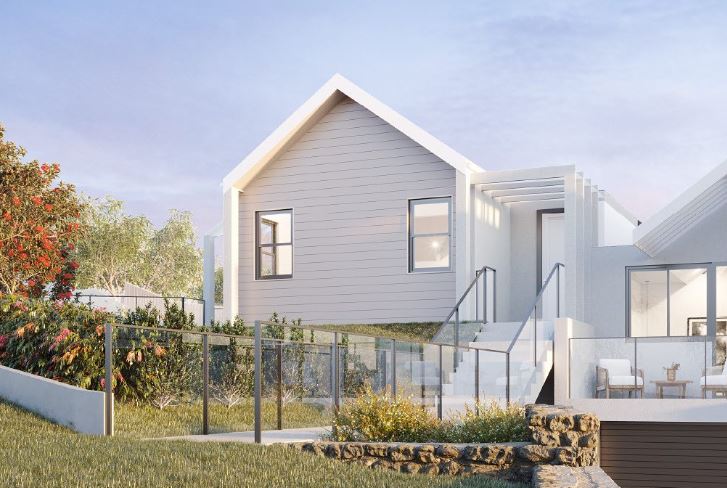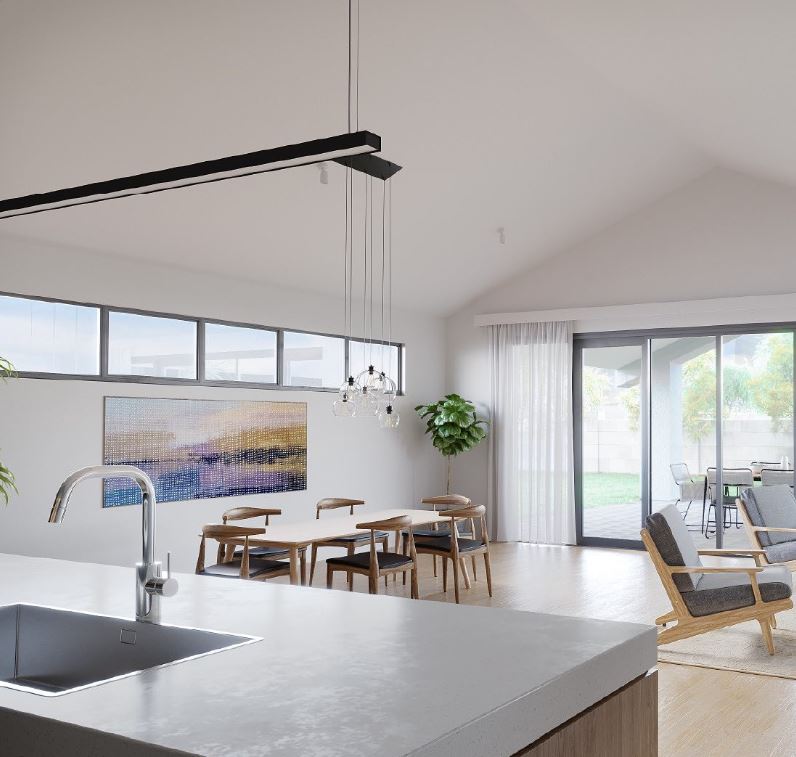
Australia, with its vast and varied landscape, is home to eight distinct climate zones under the National Construction Code (NCC), each presenting unique challenges and opportunities in building design and energy efficiency. Understanding how external wall and roof colours influence energy ratings is crucial for creating homes that harmonise with their surroundings and maximise sustainability. Surprisingly, the ideal colour palette for energy efficiency often deviates from the common choices seen in many homes today.
Australia's Climate Mosaic
Australia's climate zones range from tropical paradises in the north to chilly alpine regions in the south. Each zone demands a tailored approach to design and construction, considering the local climate's nuances. Let's delve into the specifics of each zone:
1. Climate Zone 1 (Hot humid summer, warm winter):
- Recommendation: Light colours on roofs and walls to reflect sunlight and minimise heat absorption.
2. Climate Zone 2 (Warm humid summer, mild winter):
- Recommendation: Opt for light-coloured roof and wall materials to mitigate heat retention.
3. Climate Zone 3 (Hot dry summer, warm winter):
- Recommendation: Focus on effective cooling with light-coloured roof materials suitable for dry environments.
4. Climate Zone 4 (Hot dry summer, cool winter):
- Recommendation: Choose light-coloured roof materials for a balanced approach to temperature regulation.
5. Climate Zone 5 (Warm temperate):
- Recommendation: Embrace light-coloured roof materials to manage temperature variations effectively.
6. Climate Zone 6 (Mild temperate):
- Recommendation: Achieve a balance between cooling in summer and heating in winter with light-coloured roof materials.
7. Climate Zone 7 (Cool temperate):
- Recommendation: Opt for light-coloured roof materials to address both heating and cooling needs.
8. Climate Zone 8 (Alpine):
- Recommendation: Prioritise effective heating by opting for dark-coloured roof and wall materials.
Understanding Solar Absorptance
The National Construction Code (NCC) 2019 Volume Two classifies roof colours based on their solar absorptance values. This classification influences the required insulation R-value for roofs:

Light (L ≤ 0.40):
- Surfmist
- Southerly
- Dover White
Medium (0.40 < M ≤ 0.60):
- Dune
- Shale Grey
- Evening Haze
Dark (D > 0.60):
- Woodland Grey
- Ironside
- Monument
- Basalt
Lower solar absorptance values allow for greater concessions in roof insulation R-value requirements.
The NatHERS Perspective
The Nationwide House Energy Rating Scheme (NatHERS) evaluates how well a home design aligns with its climate zone. Despite the climatic nuances outlined for each zone, a common trend emerges: light or light-medium external colours are recommended for optimal solar reflective index.
In the pursuit of sustainable and energy-efficient homes, it's essential to align external colours with the specific requirements of each climate zone. While dark colours may be suitable for alpine regions, lighter hues are generally recommended for the majority of Australia's climate zones. Homeowners and builders should prioritise energy-efficient designs and leverage tools like NatHERS to ensure their homes are not only aesthetically pleasing but also optimised for the local climate, contributing to a greener and more sustainable future.
As the push for sustainable and energy-efficient homes gains momentum, it's imperative to align our design choices with the unique demands of Australia's diverse climate zones. By understanding the impact of external colours on energy ratings, we can create homes that not only blend harmoniously with their surroundings but also contribute to a more sustainable and climate-resilient future.
Optimising Your Home with SUHO's Residential Compliance Team
Achieving the perfect harmony between climate-responsive design, energy efficiency, and individual preferences may seem like a complex task. Fortunately, SUHO's Residential Compliance Team stands ready to guide you through the intricacies of creating a home tailored to your needs and the demands of your specific climate zone.
Our team of experts understands the nuances of Australia's eight climate zones and can provide invaluable insights into optimising your home for maximum energy efficiency. Whether you are aiming for a tropical oasis in the north or a cosy retreat in the alpine regions, our experts at SUHO can assist you in navigating the complexities of design choices.
By leveraging our expertise, you can ensure that your home aligns with the recommended external colours for your climate zone, taking into account factors such as solar absorptance values and NatHERS ratings. SUHO's Residential Compliance Team goes beyond conventional design practices, offering a personalised approach that considers your site's unique characteristics and your individual requirements as an occupant.
Working closely with SUHO's team ensures that your home not only meets but exceeds the standards for energy efficiency. From choosing the right external colours to implementing innovative design strategies, we are dedicated to helping you achieve the best possible energy rating for your home.
In a world where sustainability and energy efficiency are paramount, SUHO's Residential Compliance Team is your partner in creating a home that not only withstands the test of time but also contributes to a more environmentally conscious future. Let us guide you towards a home that seamlessly integrates with its surroundings, providing comfort, efficiency, and peace of mind.
Resources:
- https://colorbond.com/colours?product=roofing&finish=classic&material=colorbond-steel
- https://www.yourhome.gov.au/passive-design/design-climate
- https://steelselect.com.au/articles/classification-colorbond-steel-colours-ncc-and-basix-bluescope
- https://www.abcb.gov.au/resources/climate-zone-map




